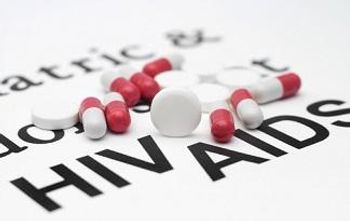
A new study looks at this population and what factors affect outcomes, including diagnosis. This is significant not only for pandemic response, but also preparedness for vulnerable patient populations.

Saskia v. Popescu, PhD, MPH, MA, CIC, is a hospital epidemiologist and infection preventionist. During her work as an infection preventionist, she performed surveillance for infectious diseases, preparedness, and Ebola-response practices. She holds a doctorate in Biodefense from George Mason University where her research focuses on the role of infection prevention in facilitating global health security efforts. She is certified in Infection Control and has worked in both pediatric and adult acute care facilities.

A new study looks at this population and what factors affect outcomes, including diagnosis. This is significant not only for pandemic response, but also preparedness for vulnerable patient populations.

Survey findings show short-term benefits may not translate to long-term optimal outcomes.
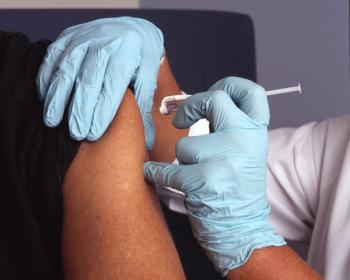
A new study assessed the vaccine acceptance and access among Black and Latinx communities.

One of the infrequently discussed health outcomes that can be impacted by a pandemic is fertility. Using a cross-sectional study, a research team reported incremental increases in infertility during this period.
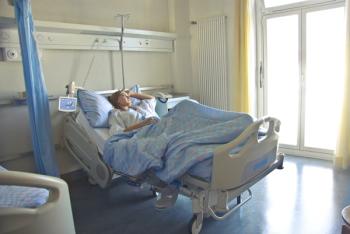
A new study breaks down the risk prediction of death or hospitalization related to COVID-19 in adults following their vaccination.
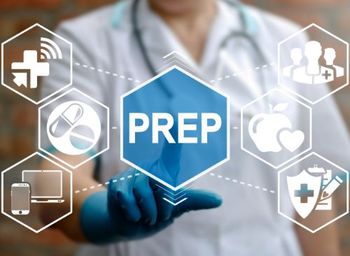
To address PrEP implementation in Kenya, a team of researchers evaluated practices and contextual modifications across public HIV clinics.
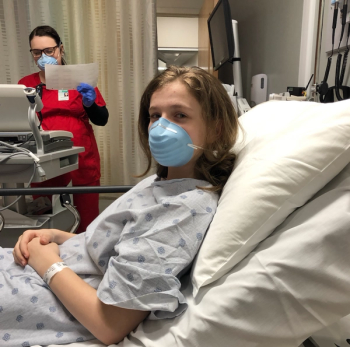
A new study addressed the clinical outcomes in young adults who were hospitalized with COVID-19 across the United States.

A new study looked at the naturally-acquired spike immunoglobin (Ig) G antibodies, and how they hold up against neutralization and protect us against future infection.

Human papillomavirus (HPV) impacts millions of Americans, and new study sought to address the epidemiology of HPV and high-grade squamous intraepithelial lesions (HSIL).
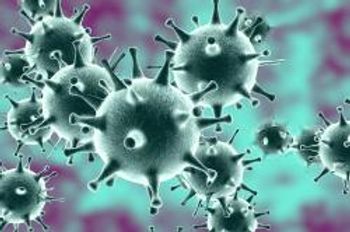
Here is a glimpse of the surge in incidence rates of the variant as it began to take hold in Mesa County, Colorado.

A new study sought to approach the HIV epidemic in the United States through a distributional cost-effectiveness analysis across 6 cities.
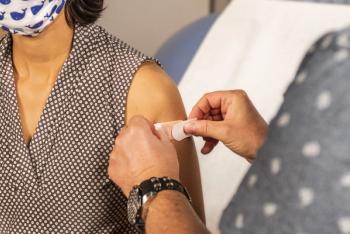
A study looked at the efficacy of the Pfizer-BioNTech mRNA COVID-19 vaccine in a high-risk national population within a real-world setting.

Communities experiencing such health inequity and disparities are more likely to have mistrust in systems that have continuously failed them. Understanding the perspectives of those disproportionately affected is critical to not only address them, but also work to correct and prevent these disparities moving forward.

A research team working across several nursing homes sought to reduce antimicrobial use.
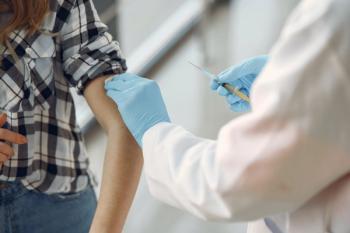
The HPV vaccine is incredibly important in preventing certain cancers and a new study sought to address the safety concerns for vaccine refusal in a national immunization survey for teenagers.

A study looked at COVID-19 incidence rates in health care workers who wore medical masks vs respirator masks when performing nonaerosolizing, routine patient care.

As many vaccines are under Emergency Use Authorization (EUA), understanding the incidence rates of adverse events is critical to providing education and awareness, while working to increase distribution.
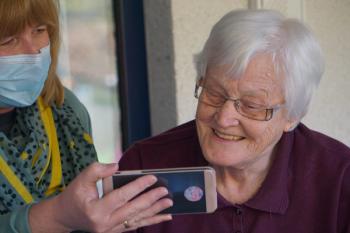
A study paired long-term care facilities (LTCF) staff who were recovered with susceptible residents to help reduce transmission. The goal was simple: pair those susceptible staff and residents with those who were recovered and felt to have protective immunity.
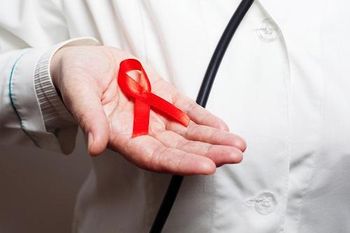
Rates of HIV diagnoses among adults and adolescents is higher in southern states, and organizations are looking to reverse this trend and address inequities.
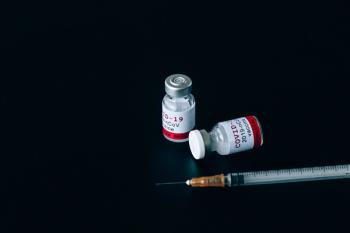
Hesitancy is a hurdle we have been struggling with in general when it comes to vaccines, but even more so when it comes to COVID-19. Throw politicization and the nuances of EUA into this mix, and it’s not surprising we’re having to work exceedingly hard to expand vaccine uptake.

There is still much to understand in the cases for those who did not require hospitalization but have lingering symptoms that can cause quality-of-life issues.
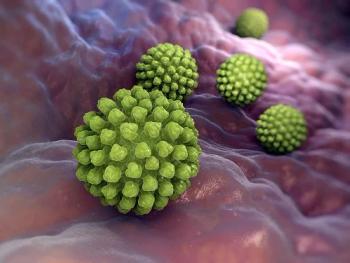
A study shows countries with the highest income levels had greater vaccine protection against rotavirus gastroenteritis (RVGE).
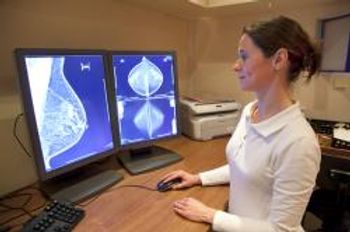
Long-term implications of the pandemic will be felt for years to come. Cancer screenings, for example, were down in the early months of the pandemic in the United States and raise concerns about getting diagnosed and treated.

A new study assessed the life expectancy gains for those adults with HIV and being treated with antiretroviral therapy living in Latin America and the Caribbean.
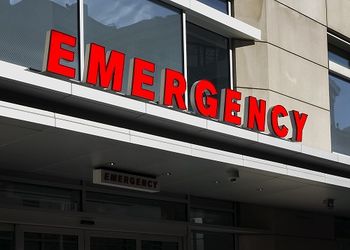
Investigators incorporated universal HIV screening into COVID-19 testing at a Chicago hospital emergency department (ED).

With millions of people vaccinated for COVID-19, A new study, collecting data from CDC's v-safe program, discusses reactions following mRNA-based vaccines.

A retrospective comparative effectiveness study looked at time to clinical improvement or time to death among hospitalized patients who were treated with or without remdesivir.

As we hopefully inch closer to a point where COVID-19 numbers are declining and vaccinations are increasing, there is more attention to what risk factors might impact infections, hospitalizations, and mortality.

The challenges of explaining new guidance, like that for school-aged children, is so important to ensure people understand the science and reasoning behind it, but also why following it is important.
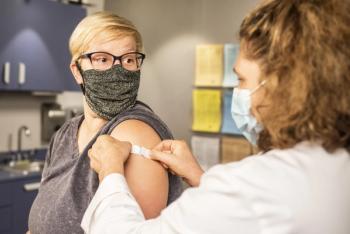
There are many reasons for COVID-19 vaccine hesitancy, including its side effects. Here is an examination of side effects in those who have been vaccinated.